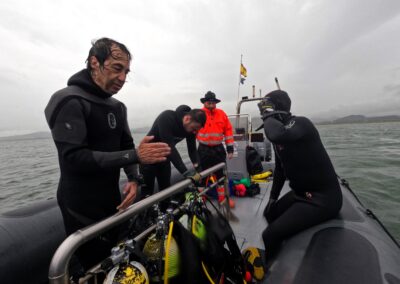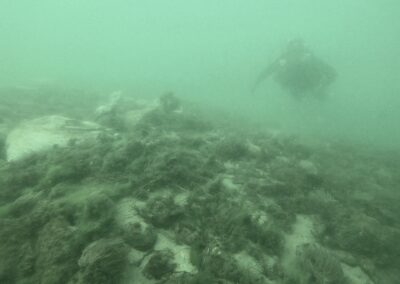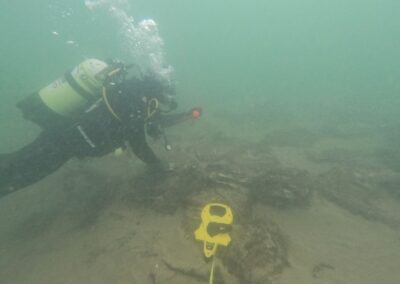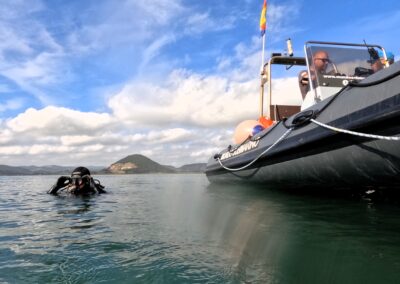IHCantabria collaborates in the underwater archaeological research project and in situ conservation of the wreck ‘Almiranta’.
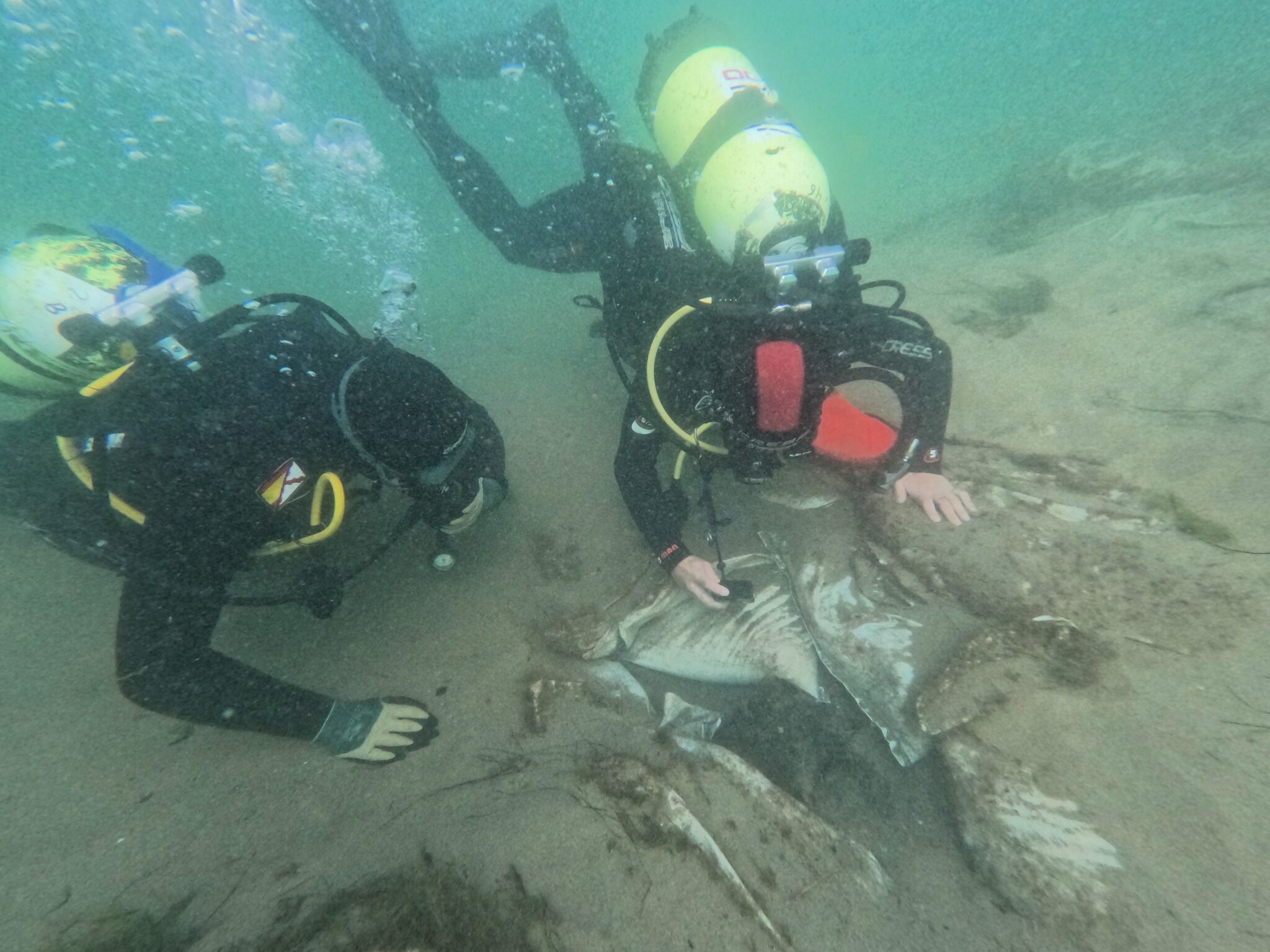
It will offer predictions of tidal currents through numerical modeling, to support archaeological dives of the ‘Almiranta’ wreck in the bay of Santoña, in addition to developing an application to promote safe and educational dives oriented to blue tourism.
The Institute of Environmental Hydraulics of the University of Cantabria(IHCantabria) will contribute to the development of the underwater archaeological research project and in situ conservation of the wreck ‘Almiranta’, a Spanish galleon from the 17th century sunk in the bay of Santoña.
This project is led by Germán Zubeldia Pérez, underwater archaeologist and professional diver, together with a team of experts in archaeology, history and conservation, who are specialized in the research and preservation of underwater cultural heritage.
The objective of this project is to document the current state of the ‘Almiranta’ wreck and its artifacts, analyze the shipbuilding techniques of the period and develop conservation strategies to protect it. It is also intended to raise community awareness of the importance of underwater heritage and to promote cultural and educational tourism in the area, making this wreck a benchmark in Spanish underwater archaeology and an attraction for the community of Santoña, in Cantabria.
Within the framework of this project, between last September 30 and October 4, dives were carried out to study the wreck, which is located in the vicinity of the mouth of the bay of Santoña, at a depth of approximately 7 meters. “In order to facilitate diving operations and ensure safety, IHCantabria has provided the prediction of tidal currents in the area, obtained by numerical modeling.” This is reported by Ana Julia Abascal Santillana and Andrés García Gómez, researcher and head of the Oceanography, Estuaries and Water Quality Group, respectively, who are coordinating IHCantabria’s contribution to this project.
Historical context and relevance of a seventeenth-century galleon
The wreck ‘Almiranta’ ─also known as ‘Nuestra Señora de la Concepción’─ was a galleon of the Galician Squadron of the Spanish Navy, built in the shipyards of Deusto, in 1638, and sunk in the battle of Santoña Bay, in 1639. It constitutes a unique find, due to its good condition and the presence of cast iron cannons from the early foundries of Liérganes and La Cavada, which has special historical relevance, because it is a significant example of Spanish shipbuilding in the seventeenth century.
The research project seeks not only to preserve this important archaeological vestige, but also to highlight its artillery pieces, such as the cast iron cannons. The information obtained from this research project will contribute significantly to the study of 17th century naval techniques and to the knowledge of maritime history and underwater archaeology in Cantabria; hence its relevance.
Innovation for conservation and sustainable tourism
In addition to the current support to the archaeological campaign, IHCantabria plans to carry out a proof of concept within the framework of the Cantabria Smart Litoral (CSL) project -which is part of the Marine Sciences Program-, aimed at promoting blue tourism. This initiative aims to combine the experience acquired in the archaeological project of the ‘Almiranta’ wreck with the institute’s capabilities in the development of marine variable prediction systems, to create an application aimed at supporting wreck diving dives. This tool will benefit both archaeological research and tourism, making the underwater heritage an accessible and safe attraction for divers and visitors interested in maritime history.

Part of the team that accompanied underwater archaeologist Germán Zubeldia (in black, third from the right) on the dives carried out the previous week to document the galleon Almiranta, sunk in the 17th century in Santoña Bay.



